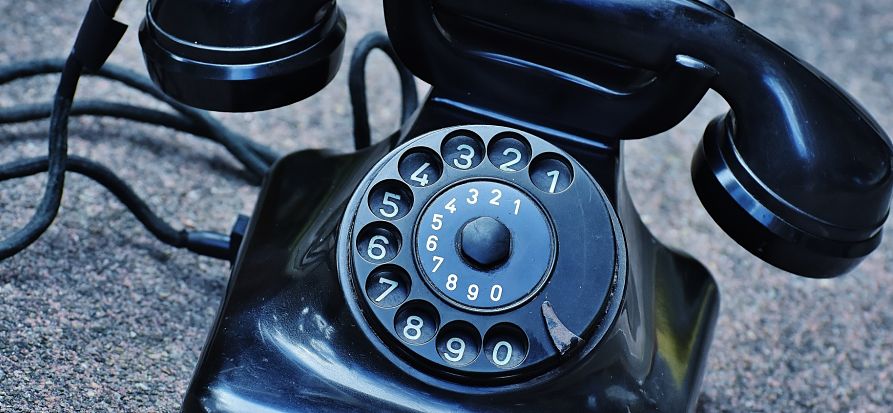How Faster Communication Can Help You Make Better Decisions
Whether you’re a business owner, an investor, or the head of a family, people are depending on you to make good decisions on a regular basis, and in some cases, as responses to high-pressure situations. There are many rubrics for making better decisions available, but one of the simplest steps you can take to improve your decision-making is to learn to communicate faster.
Why Fast Communication Matters
Intuitively, you might think that taking your time is better for making decisions; it gives you more time to think through your options and resist the temptation of a snap judgment. But faster communication can help you in several ways:
- Information transmission. Sending and receiving messages faster means you can transmit information at a faster rate. That often means getting faster answers to your questions, and working through the facets of the problem expediently. If you put faster communication tactics into regular practice, you can use your habits to get more information in high-pressure or emergency scenarios without adding stress to the situation.
- Limited hesitation. When you’re focused on communicating quickly and efficiently, you won’t fall into the trap of continual hesitation. Thinking through a problem is a good thing, but there’s a fine line between thoughtfulness and analysis paralysis. Fast communication keeps your brain moving toward a solution.
- Reliable knowledge. When you and the people around you are communicating quickly, you can rest assured that you have the most up-to-date information available to you in any given moment.
How to Improve Your Communication Speed
So what steps can you take to improve your communication speed, without sacrificing the quality of your communications?
- Use keyboard shortcuts. Start using Gmail keyboard shortcuts, and other ways of simplifying your written communication. You’ll be able to say the same things, but at a much faster rate—without clumsy fingers bogging you down.
- Chat and text in high-pressure situations. If you’re in a high-pressure situation, don’t email your recipients. Instead, rely on your chat platforms, or texting. These methods of communication tend to be faster, and are more likely to get you a fast response in a pinch.
- Cycle through your contacts. There’s no guarantee the best contact for a given situation is going to be available when you need them. As you attempt to reach them, think about an alternative contact who might be able to give you the same information. Then, if you can’t get through to your primary contact, consider cycling through to your secondary or tertiary choice.
- Use reductive questions. Instead of writing an extended paragraph about your situation, or starting a long conversation, use reductive questions to get to your point faster. For example, instead of explaining that your website is down and going through your theories on why this happened, you could ask your webmaster specific questions about how to get it back up, and what to do in the meantime.
- Know when to polish and when to stay rough. If you want to communicate perfectly, you need time to edit and polish your words. If you want to communicate quickly, you’ll often need to forgo that extra step. Knowing when to polish and when to stay “rough” with your messages is the key to finding a balanced form of communication.
Faster communication isn’t just about pure speed; it’s also about the accurate transmission of information. When you use these strategies, use them with this premise in mind. When you start communicating clear, complete ideas at a faster rate, you’ll be able to make better-informed, faster decisions—and free yourself from the possibility of analysis paralysis.




